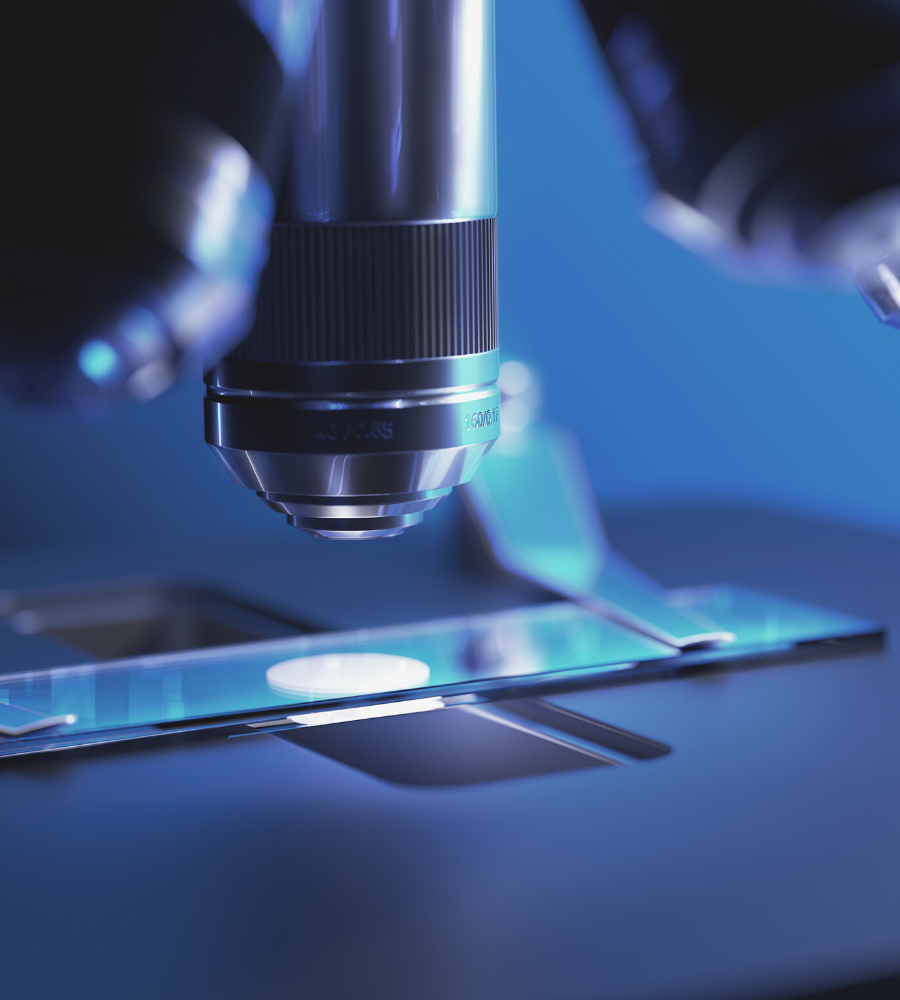

We often buy products that boast many lactic ferments on the packaging. What lies behind this number?
It is a precise process of analysis that sifts through the lactobacilli, one by one—generally done through a plate counting method, which engages the laboratory analyst in identifying and reading the viability of cells on a culture medium.
Uncontrollable external factors influence this traditional method. That can increase the variability of the analysis data and return a partial view of the analyzed sample; for this reason, it has been compared with another analytical method, which involves using an instrument with incredible potential: the cytofluorimeter.

To believe in using the cytofluorimeter in the probiotic count was Dr. Emanuele Nencioni, head of the quality control analysis laboratory of the Mereto di Tomba site.
After simulating a dietary supplement containing lactobacillus and a bifid bacterium, Nencioni led a team of analysts in conducting a study to validate processes under ICH (International Council of Harmonisation) conditions by comparing this method and counting it on a plate.
The four months of analysis were carried out with Dr. Michela Bulfoni of the Institute of Pathology of the Department of Medicine at the University of Udine. Dr. Luca Michelutti, laboratory analyst at the ASU of Udine and collaborator of Biofarma Srl until last December, has returned significant evidence collected in a scientific publication in the Journal of Microbiological Methods.
The cytofluorimeter is characterized by its versatility and ability to return numerous information about the cells: – “a liquid transports the sample into the instrument. The cells are ordered in a row in a pre-counting chamber and then pass into a counting chamber, where they are hit by a laser beam that reads their composition and morphology. An electronic device then transforms this information into signals transferred to a computer,” – explains Nencioni.
It gives us an overall picture of the cells, reducing variability in the results.
To this method, the ISO 19344 standard relating to the analysis of probiotics for the dairy sector was then applied, which involves using two dyes that, by binding to specific parts of the cell, highlight the life damaged and dead ones. –”This is an important method because it gives us an overall picture of the cells reducing the variability of the results and allowing us to exploit the potential of the damaged ones, not detected by the plate method,” – Nencioni specifies.

The microbiological analysis laboratory of the Mereto di Tomba plant invested 70 thousand euros in 2017 for the Cytofluorimeter. It allowed the company to conduct a pioneering use of the tool in analyzing probiotics. Over time, other companies in the sector have also begun to use it, recognizing its reliability.
The cytofluorimeter is characterized by its versatility and ability to return numerous information on the cells.
Nowadays, the laboratory of the Mereto plant applies the method both for the analysis of raw materials, semi-finished products, and finished products and for releases and stability, offering an increasingly intelligent service to our customers. In 2019, 350 analyses were conducted for releases and stability, and the goal for 2020 is to make 50% more.
The project on the use of the cytofluorimeter does not stop there – “we are continuing to study the application potential of this tool – concludes Nencioni – among the future investigations, we focus on the search for pathogens in cosmetics and supplements”-.